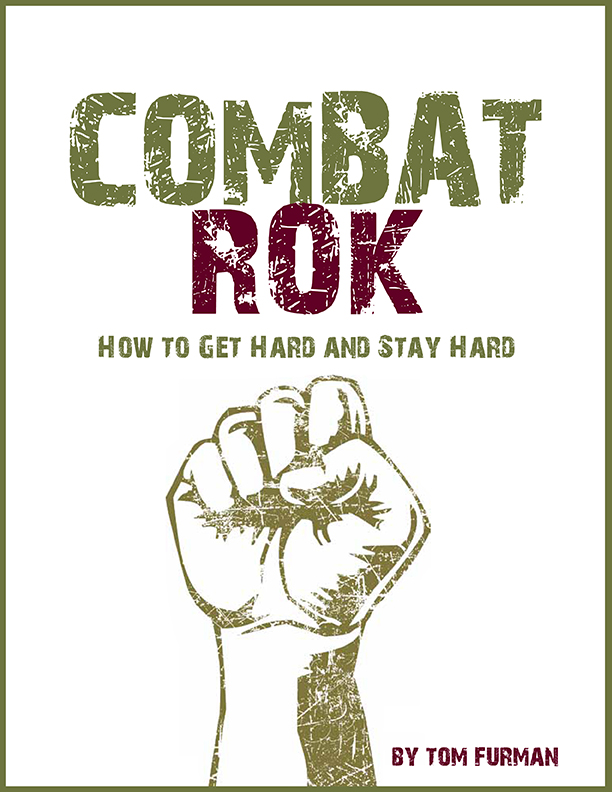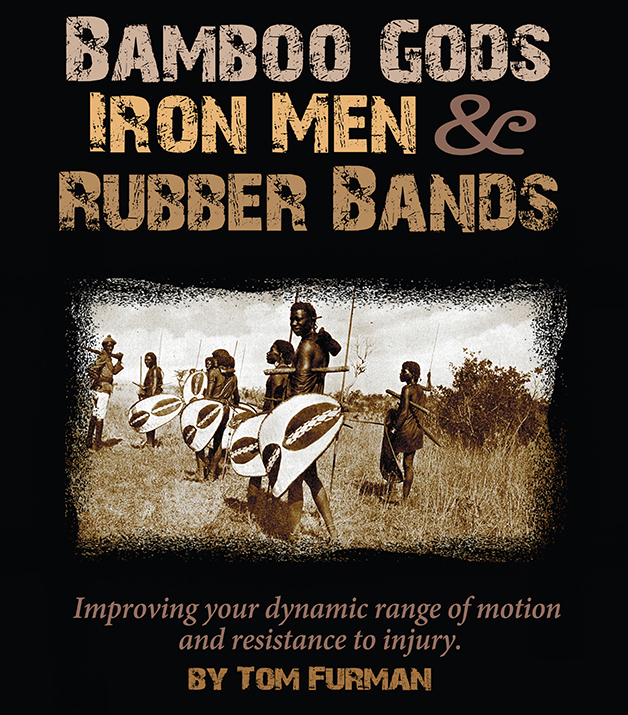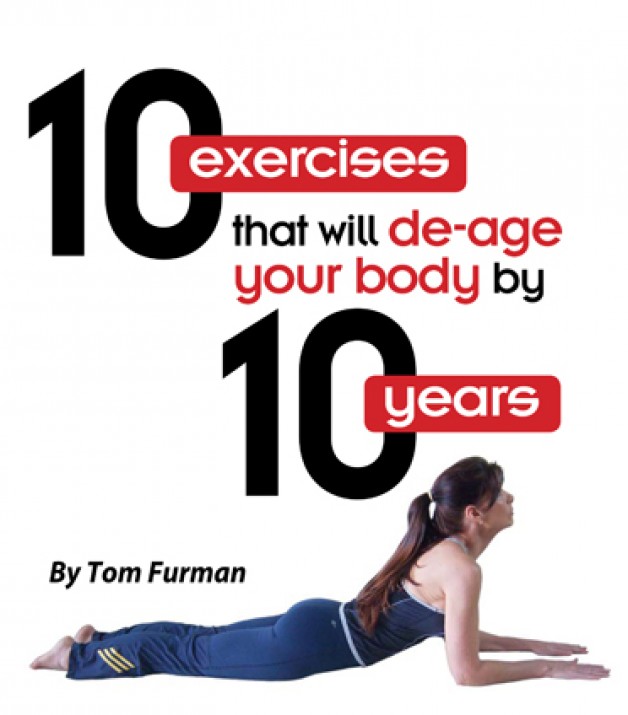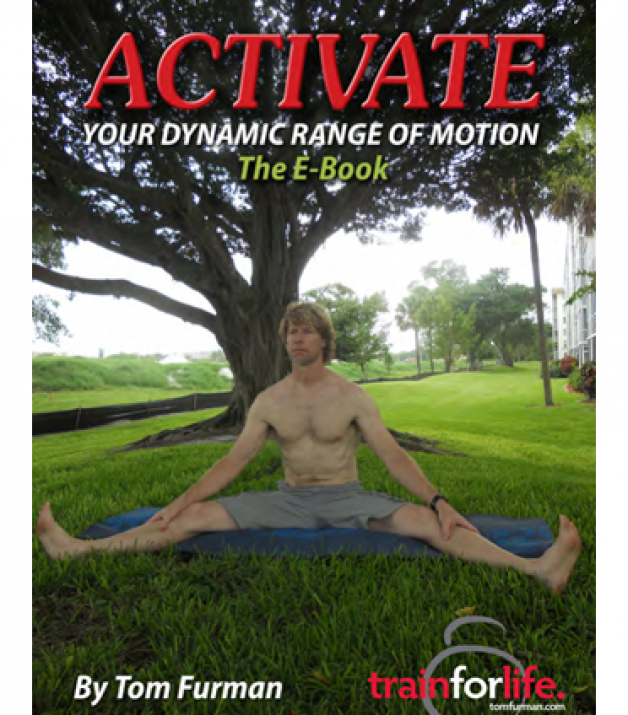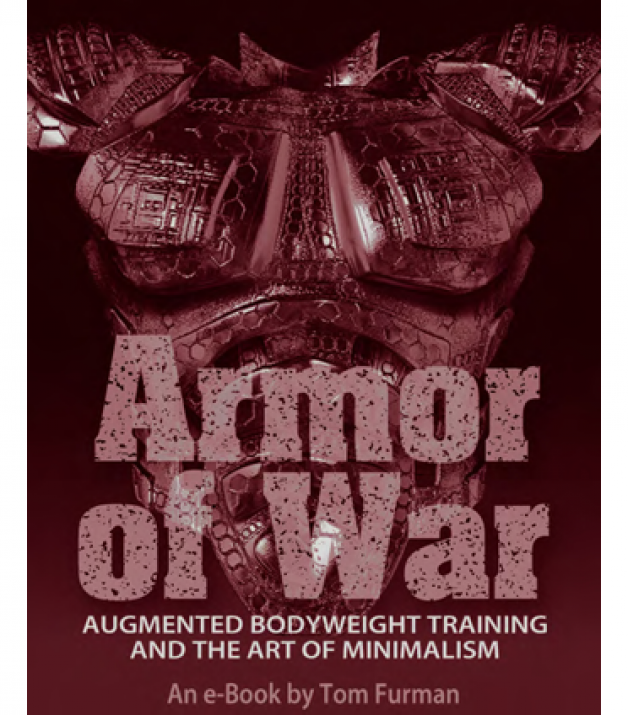“I taught them everything they know, but I didn’t teach them everything I know.” — James Brown, Godfather of Soul
One consistent theme in martial arts is increasing striking power. One of the best analogies was from Grandmaster Ed Parker of American Kenpo. He used the example of zones. His three zones were, the height zone, width zone and depth zone. When you alter any of these, you transmit power. You are essentially changing stance or posture. Guru Cliff Stewart of LA Silat says that the purpose of stances and stance change is to transmit energy. It all starts to add up. Let me give some examples of Mr. Parker’s theory.
Height Zone- This is lowering your body or deepening your stance suddenly. Boxers would call it, “sinking into punches”. Ed Parker called it, “Gravitational Marriage”.
Width Zone- When you twist at the waist, hip and shoulders. You are going from wide to narrow from a frontal view. Like the hook or cross in boxing and the round kick in Muay Thai.
Depth Zone- Essentially moving forward by stepping or jumping. The so called, “stepping into a jab”.
Now by adding any of these methods together, we can multiply the effects of our strikes. Examples, you ask?
Jack Dempsey’s Drop Step. He was moving forward [depth] and dropping [height].
Joe Frazier’s Left Hook. He was twisting [width] and dropping [height]
Double Hip Action Reverse Punch. Using the lead leg as the axis, twisting and stepping forward. [width + depth].
What about all three? Sure. Superman Punch or Flying Down Elbow in Muay Thai.
My focus here will be on the width zone and rotational movement. In a backyard lesson years ago, my Guru, Harold Koning mentioned two circles of movement in silat for striking. The first was simply the torso rotating with the hips locked. This is minimal but necessary. It can become bound by muscle tightness, so it needs to be utilized but not abused. Too much shearing force on the spine will occur. The second circle was shifting the weight side to side with the legs. I was taught at that time to limit lifting the heel so as to disguise the movement. Part of the silat I was taught, involved deception as part of fighting and survival. There is really a third ring,.. it’s utilizing the hip muscles to the maximum to rotate the body. Turning is silat is called “puter”. The spiral motion is called, “gelek”. A gelek is a foundational motion to move off line from a center attack, like knife to the torso or gun to the head. In Chinese martial arts this motion is called a Dragon Twist. I asked Guru Harold if this practiced altered his boxing strikes, [Harold started boxing in 1957] and he said, “Immensely”. Remember too, Harold’s Silat Guru was George DeGroot, who was also a boxer. [Just a note, Harold Koning is also a Black Belt in Dutch Kenpo and extended his ring and street conflict career into his 60’s]
Now let’s apply this concept to the good ol’, left hook. If you have watched Bas Rutten’s videos or Youtube clips, he has a unique left hook. He doesn’t turn his lead leg into the strike. His power is derived exclusively from the waist twist and his base. I cannot duplicate this, but his effectiveness in the ring, cage and street cannot be questioned.
Years ago I saw Jean Yves Theriault throw a hook while shadowboxing in the ring before a championship fight. He drove strongly with his lead leg to twist his body into the punch. Once again his power was legendary.
Lastly, at a Richard Bustillo workshop, Guro had everyone line up, keep their lead arm horizontal, palm supinated and practicing their hook by collapsing the rear leg suddenly. The hook didn’t rely solely on muscle strength, but on body weight and gravity. [remember Gravitational Marriage?]
You may ask, “Which is best?” or “Who is right?” My answer is “Why moralize or exclude?” They are all right, based on evidence. [putting people to sleep]. We need to recognize that the world of combat is rich in wonderful information that was hard won and sometimes a matter of life or death. Utilizing such resources only allow us to develop a good set of basics that can be arranged in different ways to produce an outcome greater than the sum of it’s parts.
In my personal experience, the hardest hitters I met were Cliff Stewart and the late Rich Alford of Florida. Both big men at 250+. Both had Kenpo backgrounds and boxing experience. I’ve witnessed both using a lead drop step, great initial speed [moving hand before foot] and extreme rotation with follow through. In both cases I could seriously believe that a punch to the head would cause death. However, size and weight can add a considerable advantage. Ed Parker called this, “Back Up Mass”. What about someone much lighter? Well, there is Jack Dempsey at about 185 pounds. Still too heavy? Back in the 70’s there was fighter named Mike Warren. He rarely competed outside of strict Korean tournaments, but when he did, he scored victories over world champions. While he was known for his kicks, his punching power was to be reckoned with. He was quoted as saying, “…you just have to get your hips into it”. However, looking deeper, his instructor Ki Whang Kim produced many powerful punchers. Al Cheeks, George Thanos and Mitch Bobrow. What was Grandmaster Kim’s background? He was known for Tae Kwon Do, but his black belt was in Judo, he also had experience in the older Korean and Chinese arts. His instructor was, however was Kanken Toyama, the founder of Shudokan Karate. This system is known for it’s punching power. Hence the foundation for applying the three rings of rotation was in the lineage.
So with the discussion of theory and technique along with history, we still need a training method. A systematic approach that will take the components of rotation and fortify them with strength, endurance, range and durability. Techniques need to practiced fresh and frequently. Conditioning must not mimic, but break down fundamental motions and increase their attributes. [stay tuned for “Djakarta Iron”]


